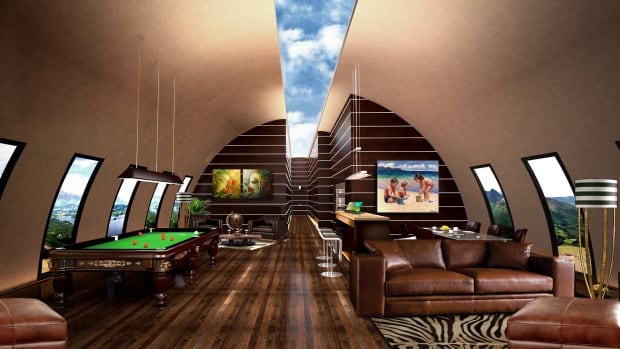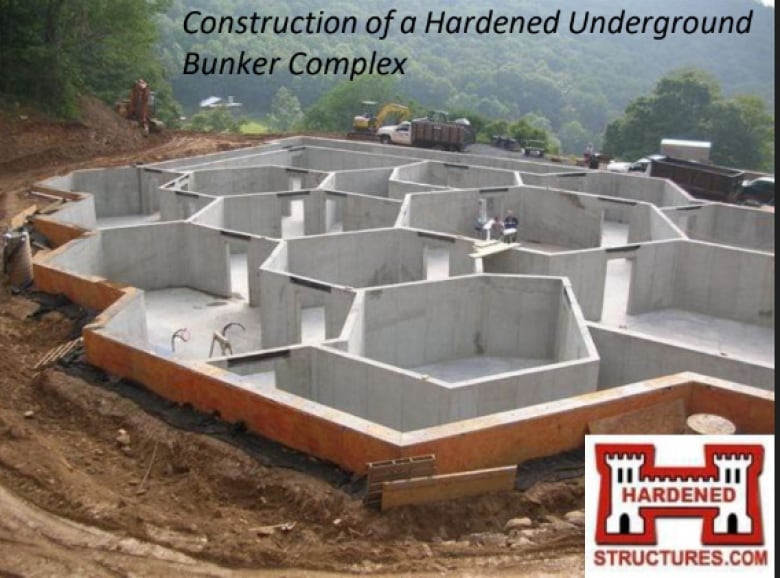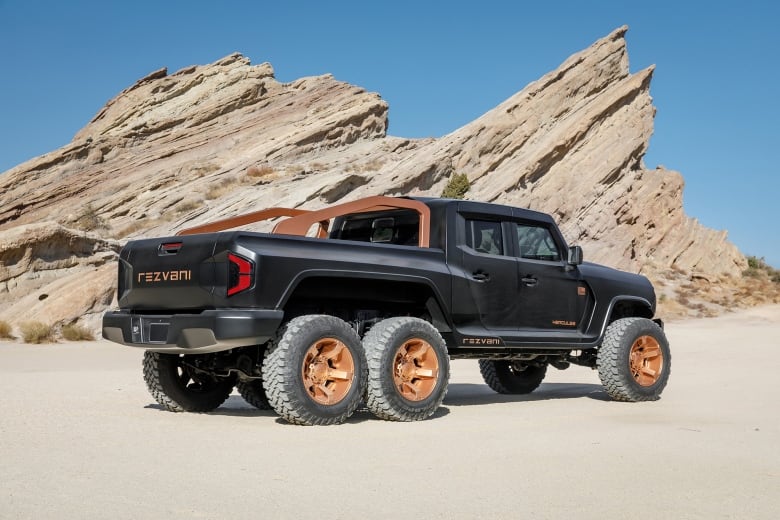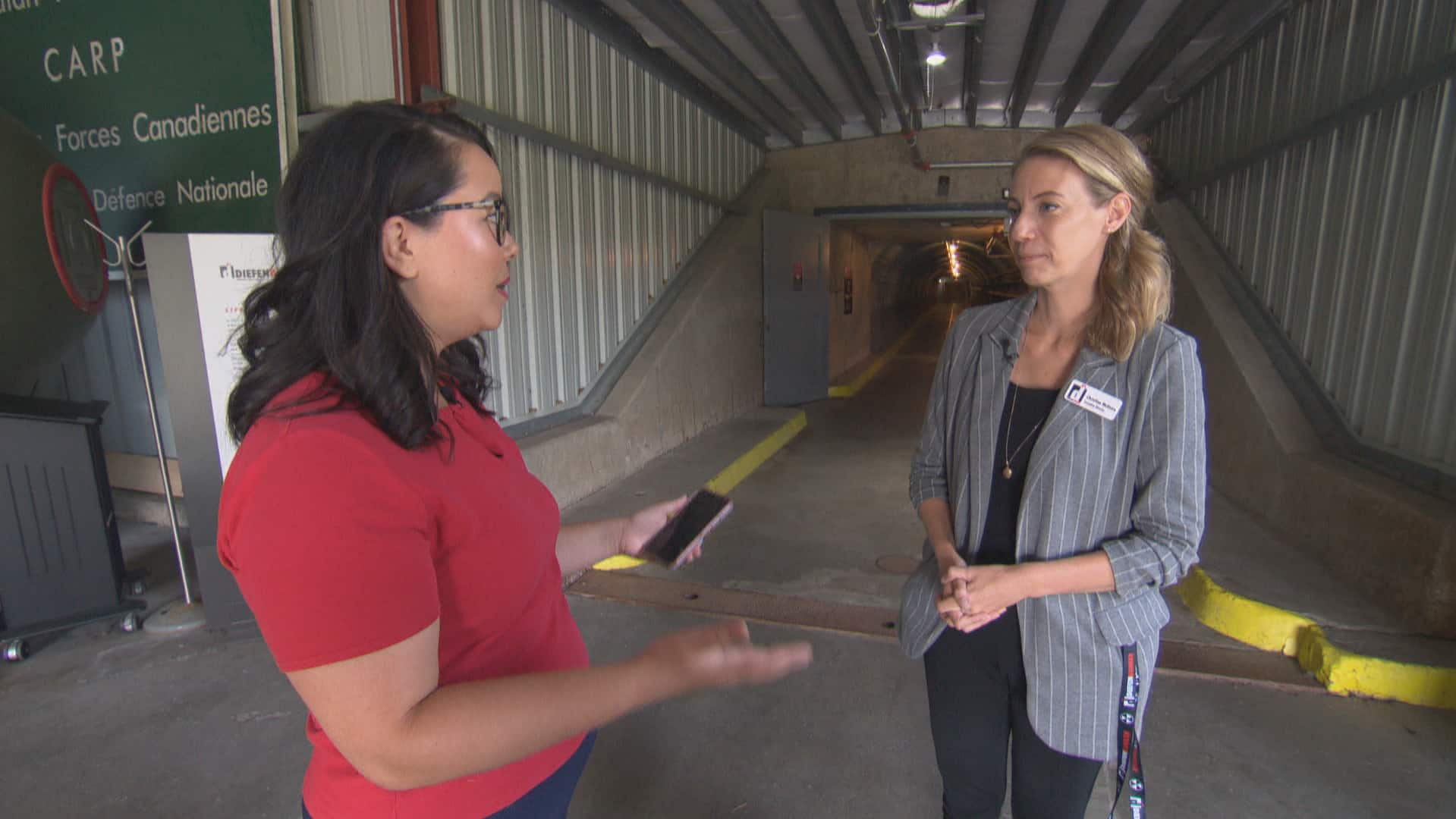
In December, Wired magazine revealed that Mark Zuckerberg, CEO of Meta and one of the richest individuals on the planet, was building a $100-million US compound in Hawaii.
The fact that Zuckerberg is undertaking a nine-figure renovation is hardly revelatory. The more telling detail is that the compound includes a bunker — 5,000 square feet, to be specific, with concrete walls and an escape hatch.
What does this tell us? It’s a sign that at least some of the ultra-rich are anxious about global events and are making contingency plans for the Big One — whatever form that may take.
The feeling is very much in the air. Architectural Digest named “luxury bunkers” one of the real estate trends of 2023, and a finely appointed redoubt figured prominently in the recent Netflix thriller Leave the World Behind.
Brian Cramden, president of Hardened Structures, a Virginia-based firm that builds multimillion-dollar fortified homes and bomb shelters, said work has been “steady” for years but that he has seen a “major uptick in the last two, three months.”
“With Putin and North Korea and what’s going on in Gaza, I’m getting lots of inquiries,” he said. “It’s [wars], it’s Trump, it’s the divisiveness of the nation.”
Cramden said the most commonly cited threats include a breakdown of law and order; the detonation of a nuclear weapon; a hostile power activating an electromagnetic pulse (EMP) to disrupt the communications network; and the diffuse effects of climate change.
Vivos, a California-based company that provides “shelter solutions,” told CBC “inquiries and applications are up over 2,000 per cent year over year.”
A history of taking shelter
The concept of a bunker goes back to antiquity. It was a place where someone could store precious belongings away from “warring factions and social unrest, but also the environment,” said Bradley Garrett, a cultural geographer based in California and the author of Bunker: Building for the End Times.
He said the notion of a shelter as an architectural form started to emerge during the Second World War. As the Cold War evolved, governments dug deep underground to build increasingly elaborate bunkers. Some, like Canada’s famed Diefenbunker, were meant to protect political elites, but in many cases they were intended to house ordinary citizens in the case of an attack.
Ottawa’s Diefenbunker museum, built in 1959 to house officials in the event of a nuclear attack, will receive $600,000 in federal funding to upgrade its facilities, including adding Algonquin to its audio guide languages.
Sure, middle-class “preppers” also built shelters in their backyards, but they couldn’t match the scale and grandeur of those state-sponsored projects. That changed in the early 2000s, said Garrett, when more expansive private bunkers started to proliferate.
He believes it’s the result of two factors: the end of the Cold War and the runaway wealth of the world’s elite.
“You’ve got a lot of people with incredible amounts of money who are now capable of buying those bunkers that were built by governments,” he said.
Companies like Hardened Structures and Vivos handle all aspects of the construction, from the architectural design to the engineering, which typically means making it blast-resistant, airtight, difficult for invaders to breach and capable of generating its own power.

Garrett said the most elaborate bunker he found while researching his book is the Survival Condo, located in a former missile silo in Kansas. Built around 2010 by a property developer who used to work for the U.S. Department of Defence, this “nuclear-hardened” structure features walls up to 2¾ metres thick and can house between 36 and 75 people.
In addition to providing each unit with a five-year supply of “freeze-dried and dehydrated survival food,” the complex contains an indoor pool, a classroom, a library and two floors of hydroponic gardens to “provide fresh produce.” It also has filtered air and water supplies. Units go for between $1.5 million and $3 million.
A privileged clientele
That’s fairly cheap compared to the offerings of Swiss-based Oppidum, which specializes in building “ultra-luxury fortified underground residences” anywhere in the world. It has a number of swishy options, including Model D’Heritage (“the ultimate bespoke sanctuary”), a five-bedroom unit that’s 12,000 square feet, includes a pool and home theatre and starts at $60 million US.
WATCH | A promotional video for Oppidum’s luxury bunkers:
Tom Grmela, the company’s head of communications, told CBC News “Oppidum’s luxury bunkers are not just about survival. They are about maintaining a quality of life and peace of mind in any circumstance.”
Camden said Hardened Structures has become so busy that the company passes on projects of less than $1 million US. It has been involved in projects around the world, including a $90-million bunker in the Middle East and a 100-person shelter in the Canadian Rockies — but that’s about as specific, geographically, as he will get.
“One of the tenets of shelter design is you don’t want anyone to know about it,” he said.
Client confidentiality for these companies can be so intense that the builders typically only meet with intermediaries such as lawyers.
“Rarely do I ever actually meet the billionaire client,” Cramden said. “And even when you do, they always have aliases.”
‘Dread merchants’
In the interests of security, the rich are not only investing in subterranean housing, but they’re also buying military-grade vehicles that look like variations of the Batmobile.
Rezvani Motors — another California-based company — produces a fleet of “tactical urban vehicles,” including the Vengeance, a muscular SUV with seating for seven and “optional bulletproof package.” It starts at $285,000 US. NFL wide receiver Tamari Cooper has one.

Rezvani’s Hercules 6×6 Military Edition has six wheels, as well as safety features such as on-board gas masks, electrified door handles and “underside explosive protection.” That will cost you $459,000 US.
“Having security features on a car is something that gives a lot of my clients peace of mind,” said Cynthia Karimi, head of public relations and client relations at Rezvani Motors, who wouldn’t reveal how many vehicles the company sells in a year. Her clients “have the resources to give themselves an additional element of protection in their lives,” she said, noting “these are the same people, sometimes, who also have bunkers.”
While he admits to having a fascination with this type of end-days planning, Garrett is concerned “when the bunker becomes a business proposition.” In the book, he calls these companies “dread merchants.”
WATCH | A promo video for Vivos’s Europa One bunker complex:
“It’s not just the space that they’re selling, it’s the narrative that they’re selling,” he said. “It’s in the interest of these bunker builders … to sell you a story about how horrible things are and about how the world is falling apart and so that you’ll buy into their scheme.”
Grmela sees it differently. Oppidum’s “clients are forward-thinking individuals who understand the value of preparedness in an unpredictable world,” and spending millions on a luxury fallout shelter “reflects a broader trend among ultra-high-net-worth individuals towards prioritizing security and resilience in their personal and financial planning strategies.”
Individual protection
While the rich may have the resources, they can’t predict the future. They can only anticipate the challenges.
In a 2022 piece for the Guardian, technology pundit Douglas Rushkoff talked about attending a highly secretive gathering with ultra-wealthy people who wanted to pick his brain about how to prepare for “the event.” They peppered him with questions not only about shelters, but also the wisdom of acquiring mercenary armies and where on Earth they were likely to be most safe.
His conclusion: “Their extreme wealth and privilege served only to make them obsessed with insulating themselves from the very real and present danger of climate change, rising sea levels, mass migrations, global pandemics, nativist panic and resource depletion. For them, the future of technology is about only one thing: escape from the rest of us.”
As Garrett points out, collaboration is likely to be the winning strategy in any post-apocalyptic scenario.
“Community is really important, because no one person can have all the skills that you need to be able to survive an event,” he said.
“Think about locking yourself in a bunker for three years, let’s say.… There’s some terrible event happening outside and you get a tooth infection. I mean, unless you’re a dentist, the likelihood that you can solve that problem is extremely low.”
Vivos addresses this with its xPoint compound in South Dakota, which is a bunker community of 575 units built on a former U.S. military base.
“Vivos is not merely about concrete, steel and blast doors. It is about having a backup plan for mankind to survive and for families to have the opportunity to potentially be part of a like-minded community as these events unfold,” said Dante Vicino, director of operations at Vivos xPoint, in an email to CBC.
This is a more recent development, said Garrett.
“You see people now building these bunker communities, where their goal is to get people that have complementary skills to move in with each other,” he said.
“There’s a kind of matchmaking process that I find totally fascinating.”


